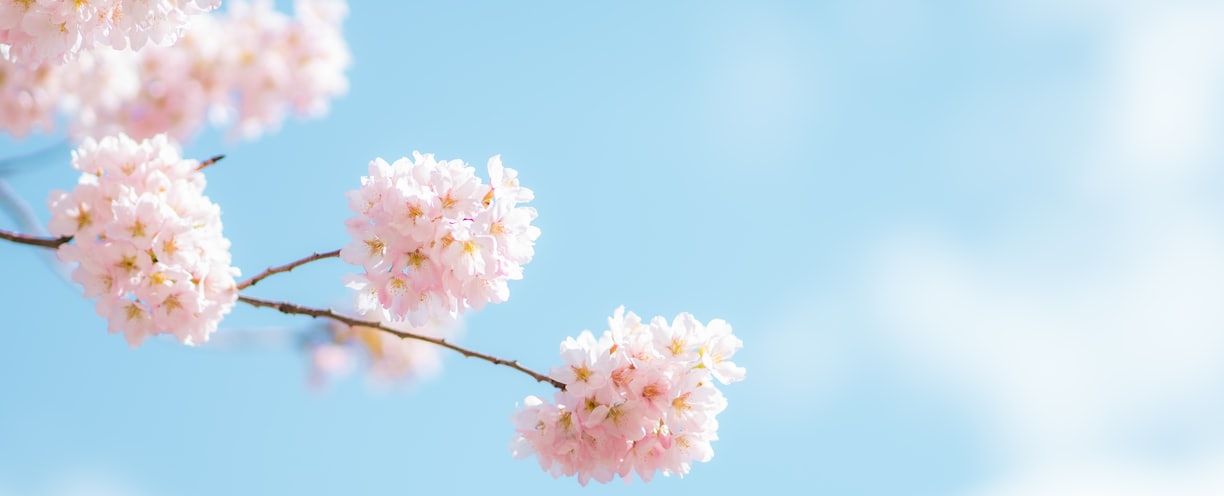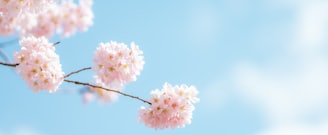

Setsubun
The beginning of spring... in February?
Today's post is a bit shorter than usual, but I'd love to introduce you to a lesser-known Japanese holiday related to the changing of seasons!
If I asked you, "What season it is in early February?", most would say that it’s the middle of winter. February feels like winter to me too. However, a few days ago, I was surprised to discover that February 4th marks the beginning of spring in Japan! A glance outside seemed to confirm it. The temperature at noon has reached twelve degrees already. Yet, it felt a bit odd. Why celebrate spring in February? You know, trees and flowers start blooming only around March and April. A chat with colleagues clarified my confusion. The event aligns with the traditional Japanese calendar, which is slightly different from the current one. February 4th is when Setsubun is celebrated in Japan, although it sometimes falls on the second or third of February.
Setsubun is thought to have come to Japan from China, first mentioned during the Heian period (794-1185 AD). The name Setsubun means the division between seasons. Setsu comes from kisetsu (季節), meaning "season," and bun (分) means division/part. Some unique traditions are associated with this holiday, the most common being: throwing of a roasted soybeans. This act symbolizes removing misfortune and evil spirits from the home. The beans are either thrown out of the house through the door, or at a person dressed as a demon (oni, 鬼). While throwing, people shout, "Demons out! Luck in!" This clearly signifies banishing bad luck and attracting good fortune. The second part of the ritual is eating roasted beans (not the ones thrown of course). Tradition says to eat as many beans as your age, plus one for good luck. No one could explain why exactly. I had never tried roasted soybeans before, so I sampled them by chance. They have a texture and taste somewhat like peanuts or pistachios (opinions may vary). Unfortunately, because I spent all day at work, I didn't had an opportunity to throw them at any demon. Maybe I should have tried to throw them at one of my colleagues.
There are regional traditions too, like eating eho-maki, hanging hiiragi iwashi decorations, or drinking shōgazake (a special kind of sake).
Unfortunately, Setsubun isn't a work-free holiday, but many parts of Japan celebrate with festivals featuring dances, geisha performances, and actors as demons. With the record number of COVID-19 infections, I couldn't attend any events this year. Setsubun and similar events are significant in Japanese culture, so it's no surprise that people I've spoken with fondly remember how they celebrated this event when they were sill children. I hope that the COVID pandemic will stop soon, so I can experience more Japanese traditions, festivals and culture.
For now, we wait patiently for the true beginning of spring!